Are you looking for the best home planetarium? We have tested 27 different home planetariums for 84 hours and took the help of our team and 6 experts on night lights. After rigorous testing, we sorted out the list of seven-star projectors for you. If you want to learn more about how to buy them, navigate directly to the buyer’s guide. In our tests, Sega Homestar Original Black grabbed the 1st place and Homestar Classic is runner up.
Top Pick
Top 7 Home Planetarium
1. Sega Homestar Original Black – Best For Premium Design
It is another star projector that looks like a death star and comes with handy remote control. About projecting stars in the room in the night light, it goes beyond most of the best home planetarium projectors when projecting the number of stars in the night sky.
This sega Homestar flux can project almost 60,000 stars with the proper projection angle. The package includes two discs, but you can also always buy more. The Sega Homestar has another 30-plus discs for the projector to double your experience of home planetariums.
If your room is around 12′ x14′, you won’t have to change too much regarding angle and focus in these best start projectors. Bigger the room, you will have to change the focus to get a clear image of the night sky. The projection area we measured for this projector was around 106″ from a distance of 90″.
- Famous inventor Takayuki Ohira designs the sega Homestar flux projector.
- The night sky image is clear and looks real.
- Auto-off timer function.
- Shooting star function.
- You can adjust both angle and focus of the sega Homestar flux.
- Slight expensive compared to other best star projectors.
Bottom Line
If you are a genuine space lover who loves night sky and star gazing, this 60000-star sega Homestar flux is designed by a professional planetarium designer and will be a dream gadget for your home that comes with a remote control to control the settings. If you are looking for a professional planetarium projector, this is the best star projector.
2. Homestar Classic – Best For Kids
This sega homestar classic is something that looks exactly like Sega Homestar Original Black. Again just like the Original Black version, it was also created by Ohira Takayuki to give you the best night light view. If you look at the complete package of this bliss lights sky lite, it is almost the same.
It has the 15-60 minutes auto-shutoff timer, shooting star function, and star rotation. By comparing its looks, we found the only difference between the two is the color.
Two-star discs are included in the Sega Homestar flux package, but you can always buy more from the same seller. The rest of the falling star’s feature is almost identical; we couldn’t find any difference between the Original black variant and the Classic.
- Clear night sky projection at the proper distance.
- Focus and angle can be changed to get a clear night light projection.
- Auto-shutoff.
- Good looking design.
- Requires some adjustment to achieve clear projection.
Bottom Line
This Sega toys Homestar can project 60000 stars in the night light, designed by a professional planetarium designer. So it can be categorized as the best star projector for anyone who likes to see the real night sky full of green stars before going to sleep.
3. Nashika Real – Best Under $200
Even if a home planetarium projector doesn’t have the best features compared to other best star projectors but can project a high-definition starry sky image, it can be counted as the top star projector for creating a blisslights sky lite experience. While researching for the night light projector with remote control, we didn’t find many home planetariums that could project clear night sky images and came with a built in bluetooth speaker.
And the projectors that could project northern and southern hemispheres are mentioned in this liNashik Nashika star projector, with its ability to project northern lights and high-resolution blue stars images impressed us.
We measured its projection distance for the clearest night light projection. It is between 20 -100 inches. This northern light projector uses 3 AA batteries and has a bluetooth speaker, so you will have to keep an eye on the battery, or you might start seeing blurry stars in the middle of a star show. However, like most projectors, it comes with an AC adapter, bluetooth speaker and remote control. We recommend using the adapter if you like to use the projector daily.
- It is more sort of a celestial bodies projector than random stars.
- You can set the time for each constellation.
- With the correct distance in the dark room, the image is clear.
- You can project many different space bodies.
- Works with both battery and AC power to project star lights.
- The design looks little cheap.
Bottom Line
If you love constellations and star light in the night light, then Nashika real home planetarium is perfect for you and your home. It will be a perfect gift for anyone who loves to learn about constellations.
4. Parrot Uncle Star Hologram Projector – Best For Party
Most home planetarium projectors were simple plug-and-play offering several different light displays. Not many offered control over the projection with laser light features to project star light in the night lights. However, the Parrot Uncle Star Hologram Projector is a unique product. With this project, you get a separate knob to adjust the size of the projection.
In addition to stars, it can create different blue nebula clouds with a knob. It may seem useless, but it can help you project the image according to the size of the room.
Besides the excellent image of the light projector, it has an auto-shutoff timer function that ranges 4 hours. Unlike another star light projector, you can mount it on a wall and operate it using remote control. Also, the projection angle is 270 degrees which complement the wall installation. We also mounted it on a wall to check if there was any change in the result, but there was no change.
- 4-hour auto-shut-off timer.
- Highly quality star light image.
- The image includes stars as well as nebula clouds.
- It can be mounted on a wall.
- Separate knob for proper adjustment and transforming blue nebula cloud formations.
- Some settings are too bright for a bedroom.
- Does not protect other celestial bodies.
Bottom Line
Though the star light projector is very good and comes with built in speaker, the amount of night light it creates for some settings, some may find it hard to use it in a bedroom. However, light is perfect for creating ambiance or mood for a party or den.
5. Smithsonian Projector – Best For Budget Conscious
The Smithsonian optics room planetarium projector is perfect for kids’ bedrooms. Unlike other projectors, it projects star light, planets, galaxies, blue nebula clouds, rockets, and astronauts to give you the best night light feel. It may not have all the features of the top-quality home planetariums that we have mentioned in this list, but one thing it does is entertain the kids. That is why we believe this star light projector is perfect for kids’ bedrooms.
There are few features, but it does have an auto-shut off-timer function. Using different images and patterns in the night light, you can project something new daily for the kids using remote control.
- With the proper distance, better laser light projection quality can be achieved.
- It comes with auto-shut off-timer features.
- Not too flashy.
- Rotation star light pattern with 24 different pictures.
- Inexpensive compared to other variants.
- No AC adapter.
- If the projector is not placed right, images of the star light could be blurry.
Bottom Line
We realized that not all require a home laser projector that converts the whole room into deep space during our test. Looking at the capacity of this projector, the Smithsonian optics room planetarium is perfect for kids’ bedrooms. Sometimes it requires less than other best star projectors to project the night light view.
6. Uncle Milton National Geographic Starry Night Lantern – Best For Multi-Function
No products found.
Looking at the 2-in-1 function of the Uncle Milton Starry Night Lantern, it doesn’t seem like the star projector we discussed earlier. But we think it’s not just the home where you want to enjoy the starry night sky view. You can use this during your camping. It does two jobs; you can use it as a lantern and a home planetarium projector.
There is a switch using which you can switch between lantern mode and star projector. It uses a 4 AA battery and a bluetooth speaker, which makes sense as it is designed for camping. No other features like auto-off, star rotation, focus, or angle are present in this light star projector as compared to other best star projectors.
- It works as a lantern and star projector.
- Long battery life with different brightness settings.
- Bright colors light.
- Clear stars.
- Inexpensive with built in speaker.
- There are a lot of features missing compared to other home planetarium projectors.
Bottom Line
The Uncle Milton Starry Night Lantern is designed for explorers who like camping. We won’t advise you to use it for a bedroom or living room. However, kids might love it as it is among the best star projectors.
7. Uncle Milton In My Room Star Theater Pro – Best Home Star Projector
When we unboxed Star Theater Pro for the first, we were impressed by the futuristic design of this night light projector. One of our team said it resembles a death star from Star Wars. However, may it looks like, we wanted to know how this light star projector performs. So we switched it on to enjoy the starry night sky. It uses 3 AA batteries and the USB cord as the power source. The package includes two-star discs—star and Earth/moon/Sun. We first played stars disc. Instantly our test room was converted into deep space. After testing 27-star projectors with different lighting modes, we can say this one projected the best image quality.
Other than the excellent quality of the image, this cosmos star projector has an auto-shutoff feature. You can set either a 30-60 minute auto-shutoff timer. A much more comprehensive range of shut-off times would have been better. But looking at the result of the laser star projectors, you won’t complain about it.
- Futuristic-looking design with multiple brightness settings.
- Two-star discs are included in the package.
- Can adjust the angle of projection.
- Auto-shut off-timer.
- High-quality image projection of night sky star field.
- A power adapter would have been better.
Bottom Line
Looking at the result of the light projector, we can say it is one of the best. It will suit your bedroom interior, and it helps you get a good night’s sleep.
What To Consider?
During our research, we found wide different varieties of star home projectors. If you do not know how to choose the right galaxy projector, you might spend your money on a worthless product. Mind you, we found many worthless home planetarium projectors. So it would be wise to stick with the products we have mentioned for the galaxy light image. Even with a good product, there are several factors that you must know to buy the right star home projector for your needs and budget.
1. Use
Of course, home projects can be used for entertainment or sleep in your child’s room, but still, you have to know the specific purpose for investing in a galaxy projector. So, it is quite possible if one is a best-suited party or entertainment, others may be suited for sleep. The main reason being each variant has its advantage.
So if you are looking for a star projector for entertainment, we advise you to buy a portable projector that creates the party ambience and comes with a USB power cable. Even if the light is too bright, it won’t be an issue.
However, if you want a galaxy projector to help you or your kid sleep, you want a less distracting variant. Sega Homestar Original Black can be used for parties or simply entertainment. And for sleeping purposes, Homestar Classic would be a good choice.
Also, there are cases where you want to use the home planetarium projector for camping and while exploring, No products found. is the one for it.
2. Lighting Mode
As we discussed above, each light serves a specific purpose. So, it must be able to do that more effectively with the help of different lighting modes. Sometimes the star light projector comes with different lighting modes, play music options or switches to help you create a different ambience for the purpose to fall asleep.
You may want some colorful and erratic lights for a party, but you may want soft and steady lights for sleep. Always get the galaxy projector with lighting modes that allows you to switch the light intensity and control the rotation speed. Most of the lights we have mentioned only galaxy projectors allow you to do that.
3. Light source
There are different types of light sources used for star projectors to project smart galaxy that comprises the northern sky, stars, celestial bodies etc. Most commonly used is the LED light for projecting warm light images with the phenomena of direct diode laser. LED star projector can produce high-quality projection if the lens is good and the image is HD. Another is a laser stars projector, but not many home planetarium projectors use a laser to project the image. Parrot Uncle Star Hologram Projector is the only one we found.
It has one of the best projections and comes with a USB power cable and convenient remote control to operate without hassle. Other than these two sources, cheaper bulbs are used for the home planetarium, but they neither help project a quality image nor last long.
4. Power Source
The power source is also an essential factor you have to look for when buying the home planetarium. If you plan to keep your galaxy projector at a fixed place, getting a star projector with warm light function is much wiser. With an AC power supply, you won’t have to worry about the soaiy night light projector dying in the middle of the fall asleep process.
However, the battery also has its advantages. You can change the location of the home planetarium projector. However, you will have to watch the light projector battery. As the battery is close to dying, the intensity of the light also goes down. So choose the best galaxy projector option that suits your needs.
5. Design and Style
Star and galaxy projectors are an essential part of your interior décor that projects star galaxy and also play music to make the surroundings real. You don’t want an ugly-looking box in your bedroom or living. You want it to improve the interior of your room. What is good about star projectors is that they are made in different shapes and sizes. Some may look like futuristic gadgets, or some are in the form of toys.
If you want home planetarium projectors for your kids, something that looks like a toy would be nice. However, if you want it to complement your interior décor, a good-looking star projector like Sega Homestar Original Black would be an excellent addition.
FAQs
1. What is the purpose of a home planetarium?
The home planetarium is a device that projects stars and other celestial bodies. It is great for those who are into astronomy.
2.How does a home planetarium work?
There are different types of planetarium. Depending on the technology the working may different. But the most basic home planetarium as a light source in the center. When the light goes through several lenses, it projects star-like images on any surface giving the effect of the real night sky
3. Does all home planetarium project real constellation?
Ans: No, not all home planetarium is designed to project constellations. Most of the units that we tested provide random star images
4. How to use the home planetarium?
No technical knowledge is required while installing the home planetarium. You just have to find the right place from where you can project the perfect image.
5. How much does a home planetarium costs?
They generally cost from $40-$100. The highest quality home planetariums cost around $100. In case you want planetarium for babies they even go as low as $20.
6.Home Planetarium Vs. Star projectors?
Many people think both are the same, but they are not. The star projectors are just for entertainment and do not imitate the night sky. But home planetarium offers more sky like projection.
7.What is most important in a home planetarium?
The lenses through which light travels is the most important. The quality of the projection will be good if the lenses are of high quality.
How We Conduct Tests?

We began our test by getting the famous star projectors. We asked different sellers about their bestselling star projectors and selected 27-star projectors for the test. Before testing, we had to determine the testing parameters of the galaxy projector.
We hired six experts with years of experience manufacturing or designing such products. The experts helped us identify the parameters, but they also helped us understand more about the star projectors.
Once we determined the parameters, it was time to design the tests. During tests, we aimed to determine the factors like projection, ease of use, durability, power, and features.
We used a room of 12 x 14 ft as a test room. By using this standard test room, we could compare the different galaxy Fprojectors. We used the most trusted and accurate measurement tools for tests to minimize the error. We also simulated conditions like low battery, faulty buttons, etc., to see how the performance of the star projector was affected.
In addition to tests, we wanted to know what existing users think about the projector they use. For that, we contacted a few existing users.
Their hands-on experience with a particular model helped us get more insight into a different product. We also visited several reputed review sites to learn more about the products.
Once we had all the test results, customer feedback, and expert views, we asked our team to score each star projector-based three factors—projection, ease of use, and durability.
We calculated the overall scores and sorted the top home planetarium. Also, we categorized each model as the best star projector under $100, etc. Considering scores and categories, we created a list of seven home planetariums. Here is the scorecard of the top seven galaxy projector:
| Product | Installation | Design | durability | Overall | Check Price |
|---|---|---|---|---|---|
| Uncle Milton Theater Pro | 98.4 | 97.8 | 97.4 | 97.8 | CheckPrice |
| Parrot Uncle Star Hologram Projector | 98.4 | 97.1 | 97.3 | 97.6 | CheckPrice |
| Smithsonian Planetarium Projector | 98 | 96.9 | 97.6 | 97.5 | CheckPrice |
| Sega Homestar Original Black | 97.4 | 96.5 | 97.1 | 97 | CheckPrice |
| Nashika Home Planetarium | 97.2 | 96.1 | 96.5 | 96.5 | CheckPrice |
| Uncle Milton Starry Night Lantern | 96.1 | 95.4 | 95.7 | 95.7 | No products found. |
| Homestar Classic | 95.8 | 96.1 | 95.4 | 95.7 | Check Price |
Final Thought
If you look online, you will find so many types of star projector. Each model has its advantage and disadvantage. We made sure that we covered everything about a star projector that you must know before buying it during our reviews. Our list includes all types of star and galaxy
projectors. You must determine what kind of star home projectors you need for your home and how much you are willing to pay for them. Once you are sure about that, just pick one of our lists and buy it.
Sega Homestar Original Black- Editor's Choice
Summary
If you are a genuine space lover who loves looking at the sky, this 60000-star sega toy Homestar is designed by a professional planetarium designer and will be a dream gadget for your home. If you are looking for a professional planetarium projector, this is the best star projector.
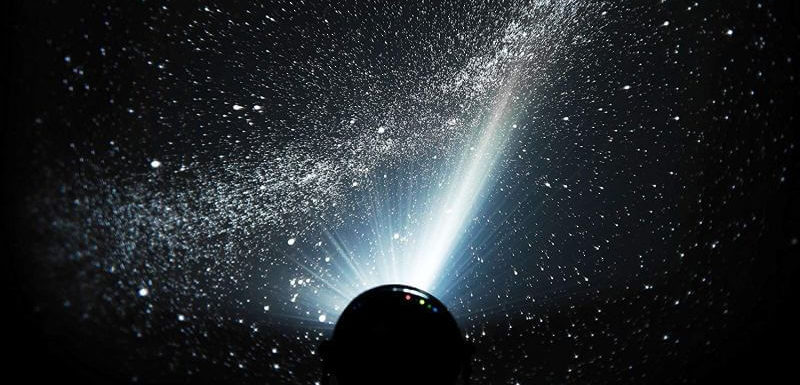


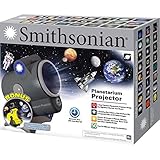



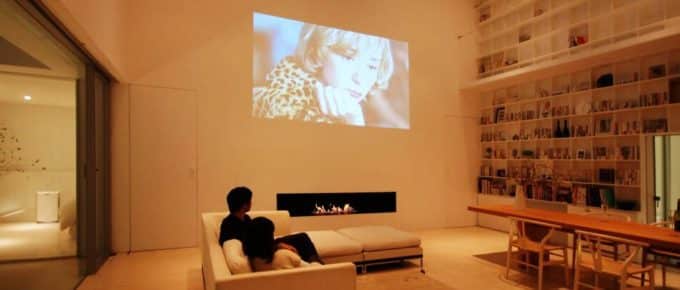
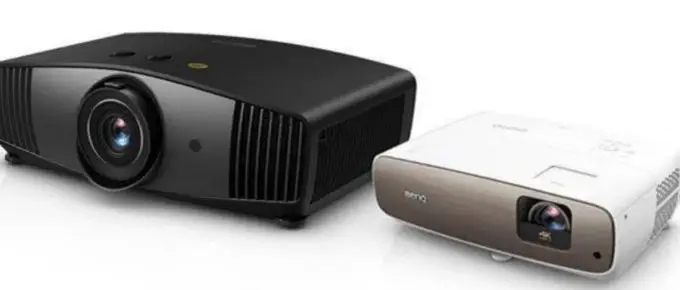
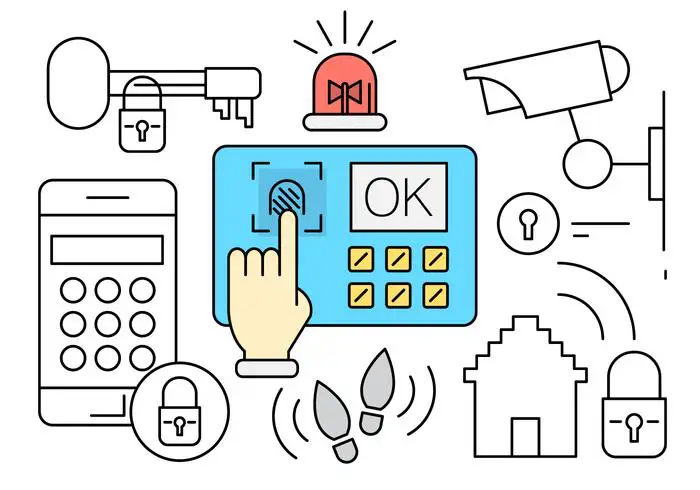

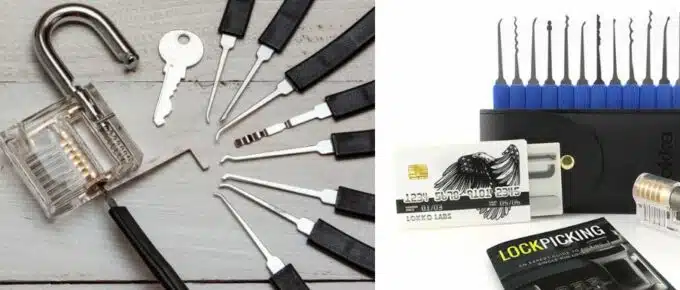
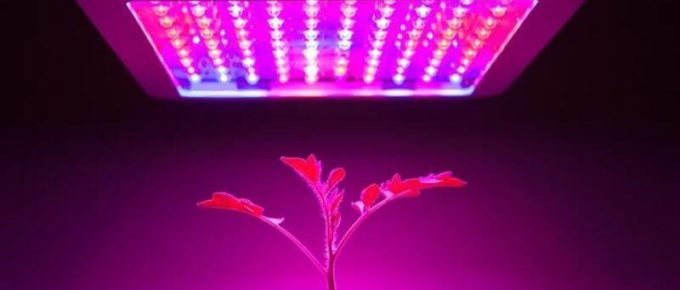
Leave a Reply